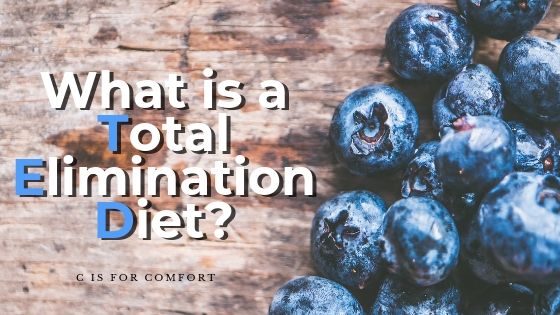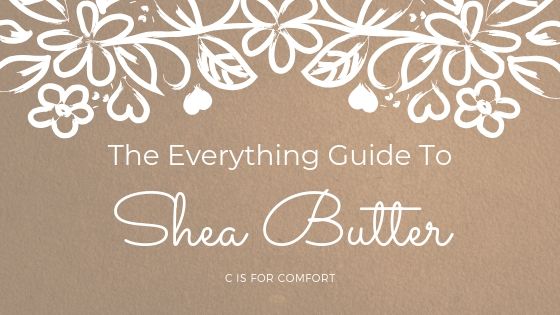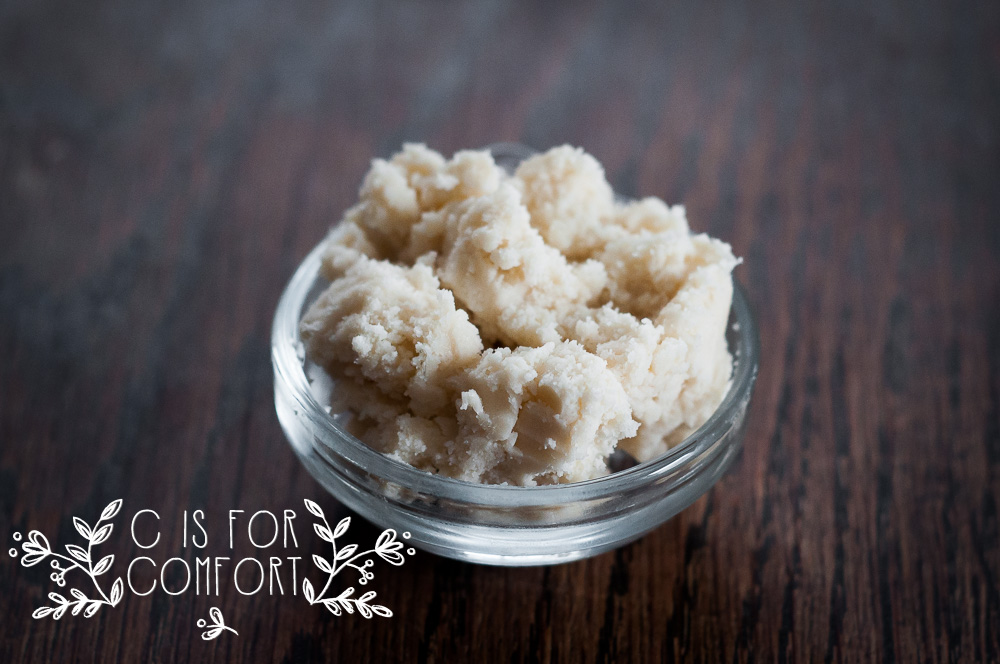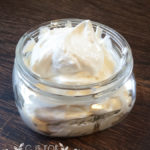A Total Elimination Diet is a strict diet used to determine food allergies. This is usually the last hope at solving severe health problems after many other solutions have failed. Many people have found relief from ailments that they didn’t even realize were related to their diet. Most people develop an intimate understanding of their own body, their responses to food, and triggers to their environment.
In a TOTAL elimination diet, a person removes ALL foods, supplements, beverages, and body products from their daily routine. They substitute a strict diet of anti-inflammatory foods for 2 weeks minimum to reach baseline. Baseline means that zero to minimal health problems remain. (Someone with more severe damage not related to allergies might need alternative medical care as well.).
After a baseline is reached, foods are reintroduced, one at a time every 4-7 days, over a course of weeks or months, depending on the severity of the allergies. The introduction of foods begins with the foods most likely to cause problems, usually the top allergens list and the foods most likely to cause inflammation in the body.
During the entire diet, a journal is kept detailing day, time, location, foods, physical ailments or relief, and mental ailments or relief. If the elimination diet is being done for a breastfeeding child, then a journal should be kept for both mother and child.
Usually, one or more foods reveal themselves as the diet progresses. Avoiding these triggers is usually the best way to have relief from health ailments. This would be the first step to a healthier lifestyle for those with allergies. Afterward, learning about holistic health and nutrition will aid you in having a long-lasting, comfortable life.
Notes
- A TED is NOT a starvation diet. You MUST eat non-inflammatory foods for this to be successful. Simply eating nothing is not conducive to healing.
- Baseline might not be able to be reached if you are on medication for any health ailments. The majority of all medication is full of corn-based products and inflammatory chemicals. Someone who is allergic to corn will continue to react. Many people with corn allergies have their medications compounded with non-corn derivative fillers. Pharmacies and allopathic MD’s are not aware of the names of corn derivatives and will state that there is no corn. See this list for an idea of how corn is found in medical supplies.
- If a food has failed a trial, it’s best to not introduce another food until you have recovered from the fail. This can take 2 to 4 days.
- Almost every probiotic on the market has corn in it. Many probiotics are grown on corn. Only Gut Pro is corn-free. Generally, it is best to discontinue probiotics on a TED because some people cannot tolerate them, allergy-free or not. I personally prefer food-based probiotics over pill-based anyway.
- Fruits and vegetables at the normal grocery store are sprayed and waxed with corny chemicals. If you are allergic to corn, you might continue to react. The best fruits and vegetables are the ones grown at home. The second best is the farmers market or from local known safe farmers. Third best is a local food co-op or health food store. Typical grocery stores are generally not safe and have very few safe foods.
- Organic does not guarantee your food is allergy friendly. Many foods that are organic can still be waxed or sprayed with corny products.
- Just because one person does well with a food on a TED, doesn’t mean you or your child will. No food is considered “safe” until the baseline is reached. If you haven’t reached baseline and you are SURE your food isn’t contaminated with corn, try mixing something up on a suspect food. For example, if you think your sweet potato is the culprit, cut it out for 4 days to see if there is any change.
- It can be dangerous or ineffective to attempt a TED alone without sufficient education. Seeking out a nutritionally based chiropractor, a holistic nutritionist, a holistic MD, a naturopath or another nutrition-based health care provider can be beneficial in helping you.
- Not all allopathic MD’s or allopathic allergists are fully aware of or are legally allowed to assist in determining the CAUSE of your health ailments. Many of the tests to attempt to determine why you are ill are costly and dangerous and are often ineffective. Research thoroughly EVERY part of your medical procedures, including risks and side effects. Research thoroughly EVERYTHING that might be injected or taken orally. This goes with ALL medical care, including holistic approaches.
- Education is the best tool to come to your aid. The more you know about what you put in your body and how it affects your body, the better armed you will be. You are your own best ally. You are the one who has to live with the choices you make. You are the one who will either face the fallout or the benefit of your decisions. Every other person involved is simply another tool to aid you. They don’t have to live in your body for the rest of your life, you do.
- It’s ok to say no to something that isn’t working. No matter how much time or money you’ve invested into a certain approach to your health, it’s ok to let it go if it isn’t helping aid you in your goal of better health.
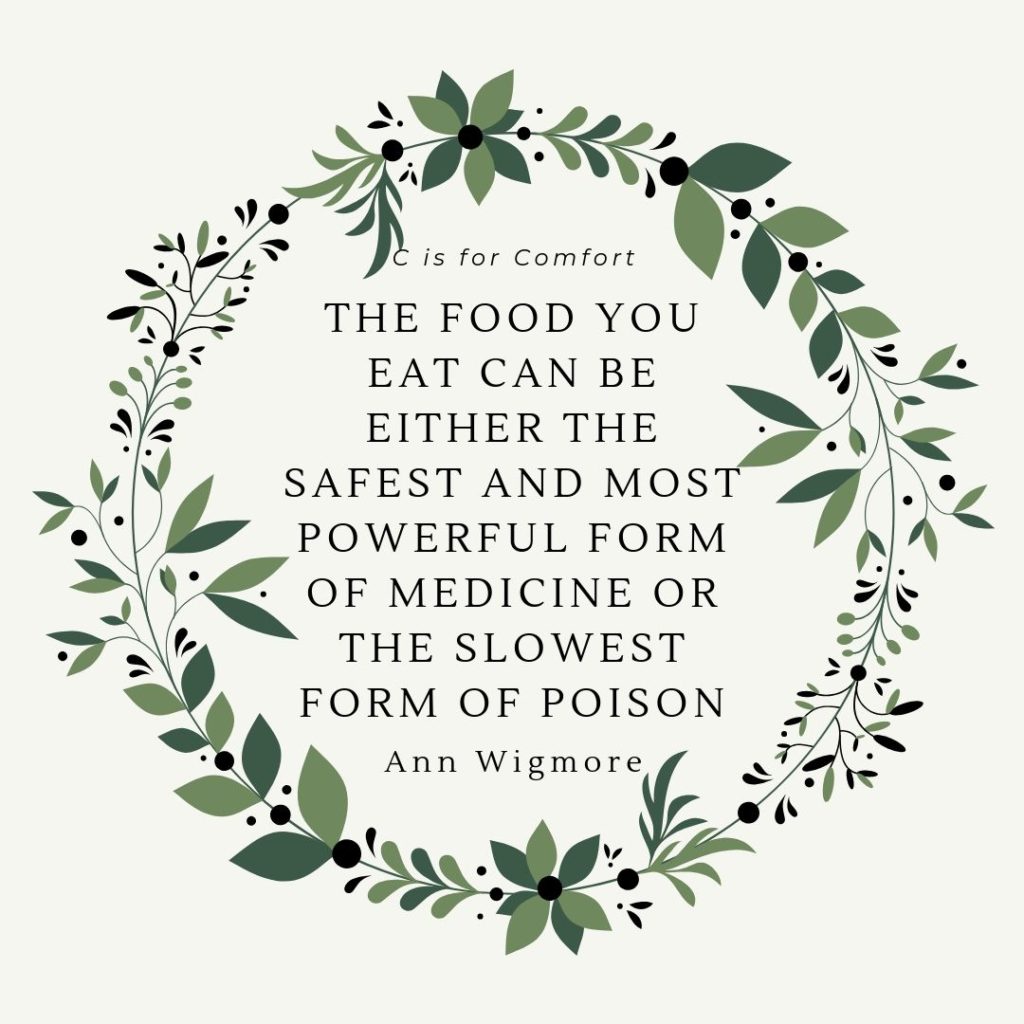
I hope this has helped you understand what a Total Elimination Diet is and how it can help you become more aware of your body and take charge of your health. I pray that you and your family find answers to what is ailing you so that you can not just survive, but thrive.
Have you tried a TED? What was your favorite foods that worked for you? What foods did you say “I never want to eat this again when it’s over!”
Are you on a TED right now? How’s it going?
***Disclaimer*** This is not medical advice. These are my own personal experiences from my own TED that are shared for awareness. Please consult your own medical practitioner before beginning a TED.

